A “citadel in the sky” – the spectacular Sigiriya Rock Fortress rises sheer and impregnable out of the denuded plains of the dry zone, sitting atop a huge out crop of gneiss rock towering 200m above the surrounding countryside. The shortest-lived but the most extraordinary of all Sri Lanka’s medieval capitals Sigiriya was declared a World Heritage Site in 1982 and is now the country’s most memorable single attraction; probably an eighth wonder of the world…
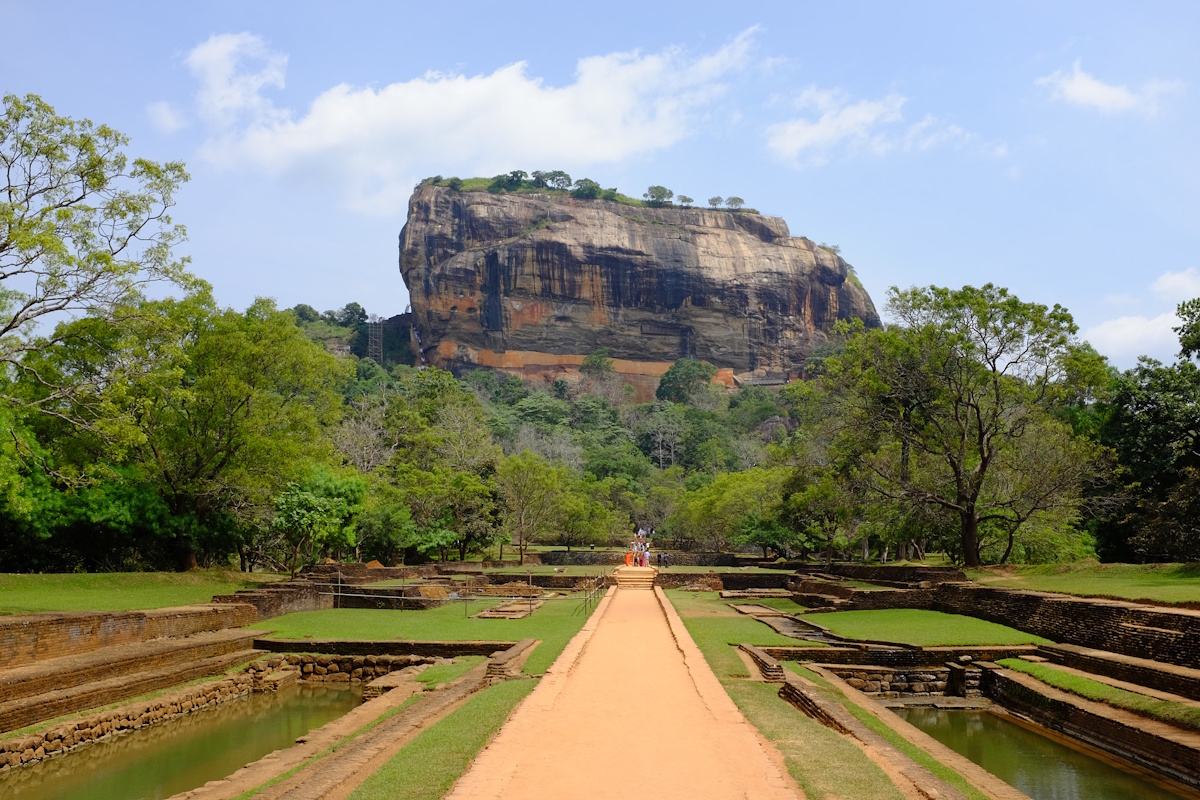

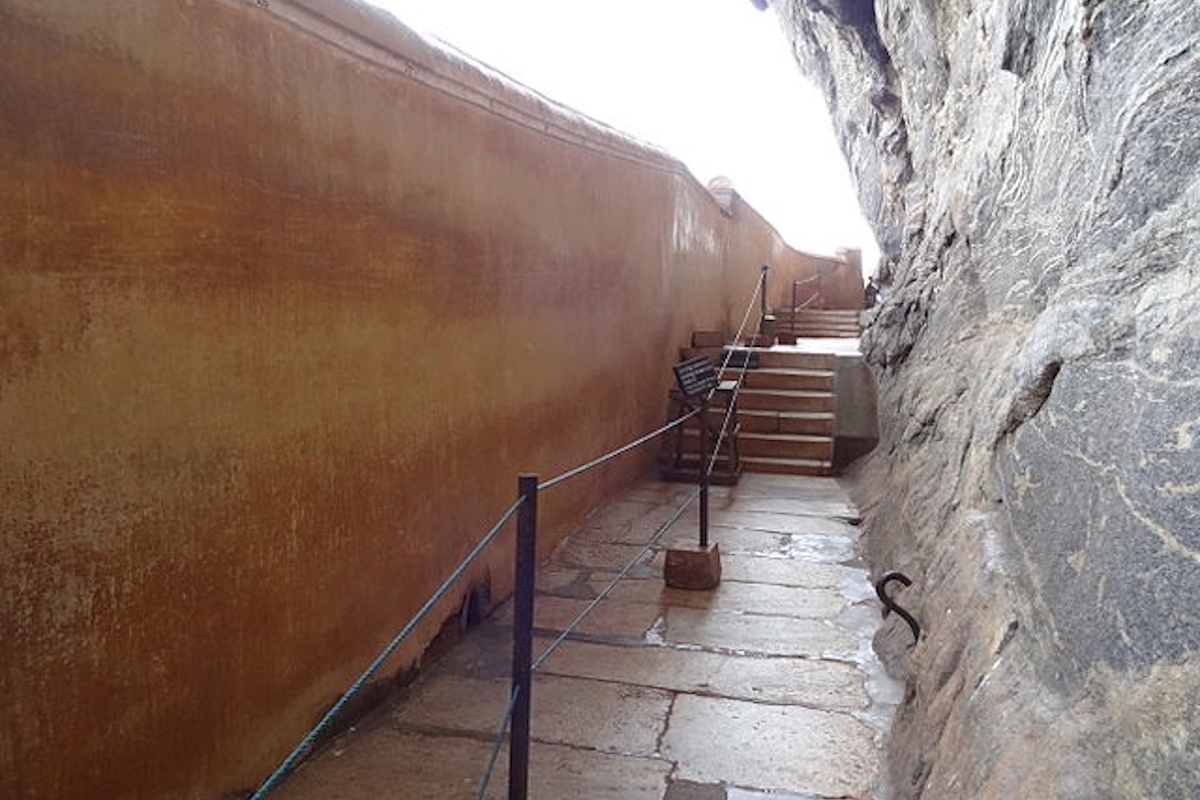
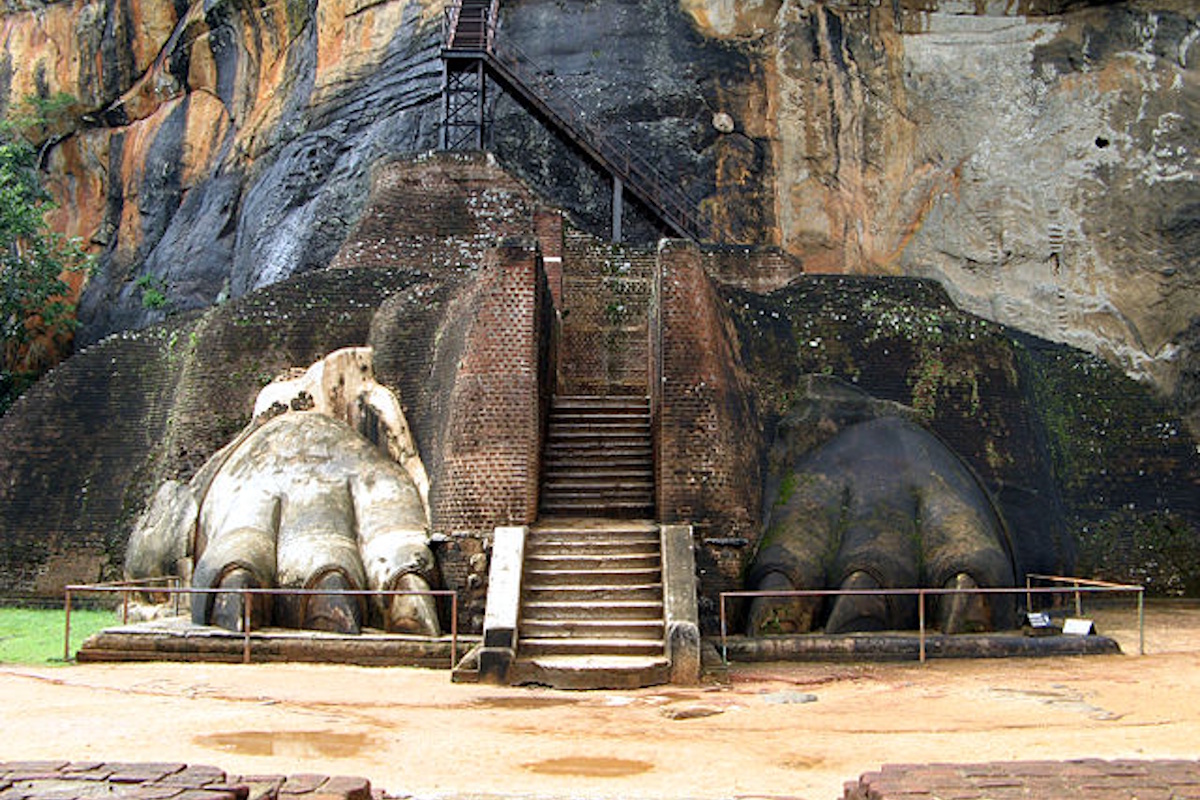
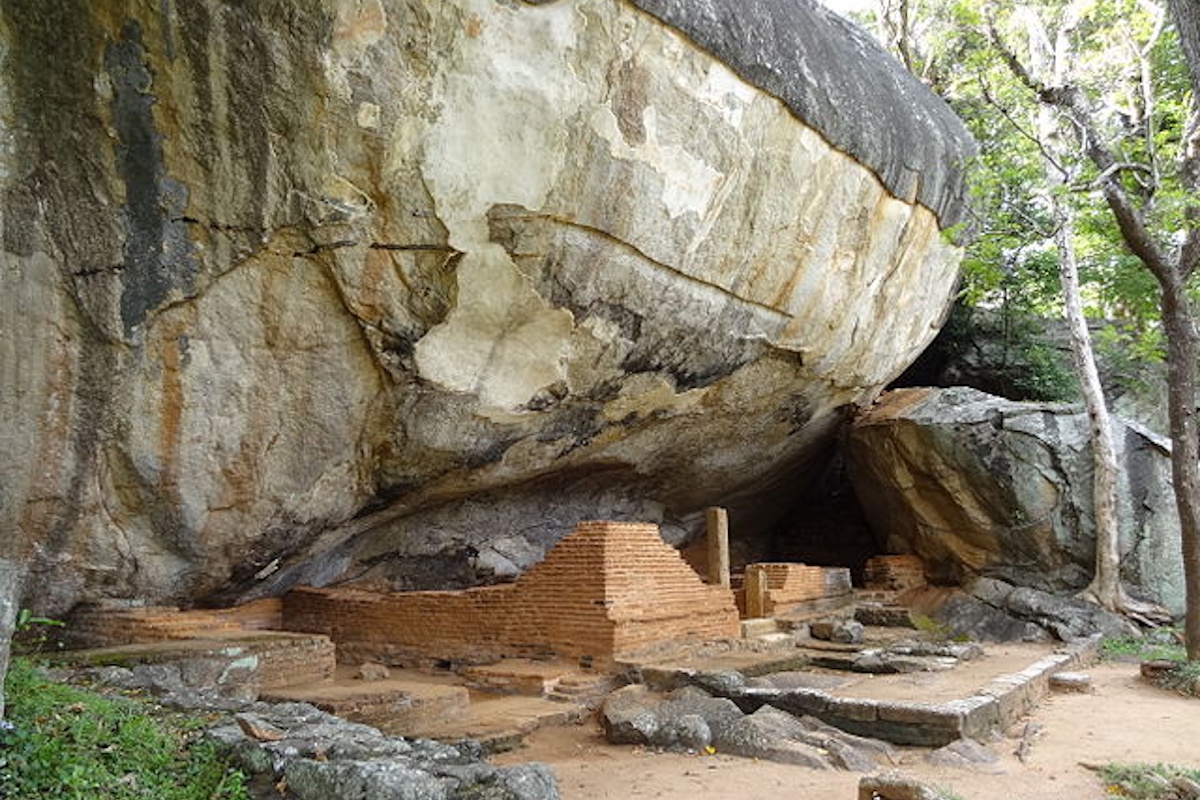
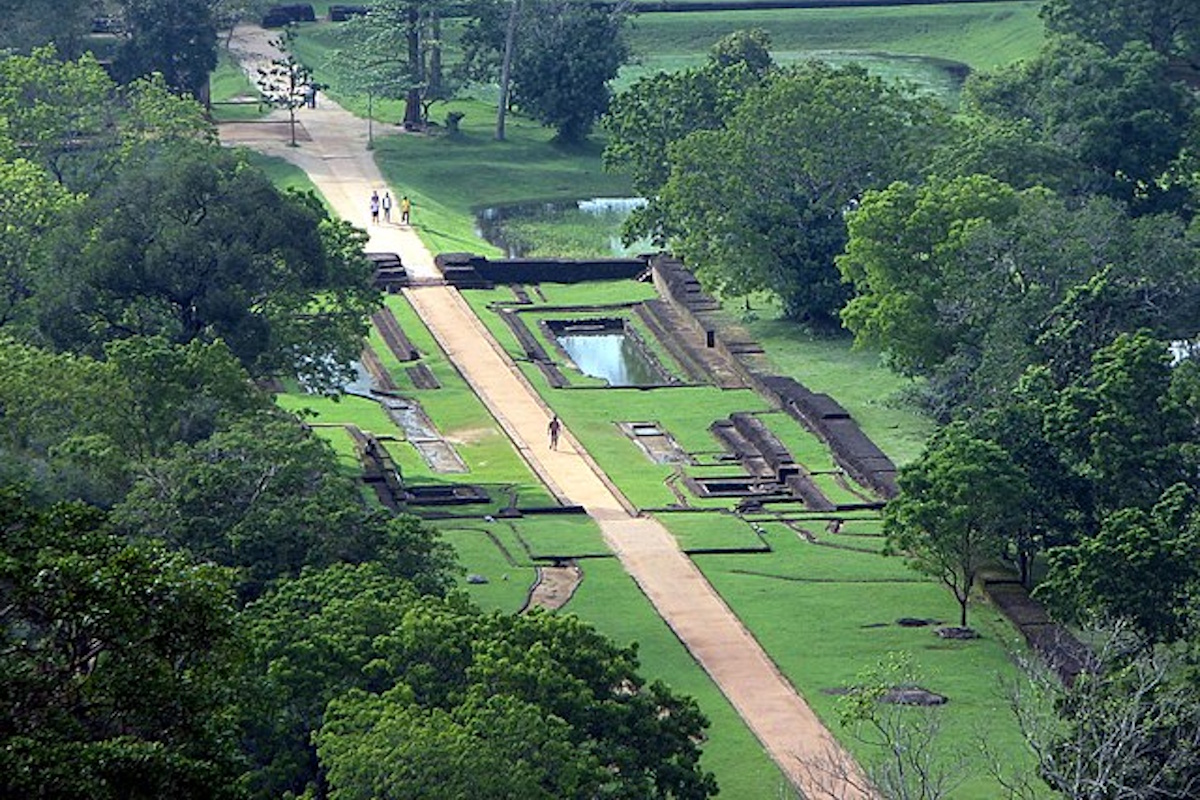
Sigiriya, also known as Sinhagiri (Lion Rock), is one of Sri Lanka’s most iconic landmarks, a striking citadel perched atop a 200-meter-high granite monolith. Constructed in the 5th century CE by King Kashyapa I, Sigiriya is a UNESCO World Heritage Site renowned for its unique blend of urban planning, artistry, and engineering.
The Legend of King Kashyapa:
In 477 CE, Kashyapa seized the throne from his father, King Dhatusena, in a controversial coup, fearing retaliation from his brother Moggallana. He chose Sigiriya—a natural fortress—for its strategic defensibility and transformed it into a resplendent royal city complete with palaces, gardens, pools, and elaborate defenses.
The Lion Fortress:
At the rock’s summit stood Kashyapa’s palace, accessible only via a stairway that originally emerged through the open mouth of a colossal lion structure—giving the site its name. After Kashyapa’s fall in 495 CE, the site reverted to a Buddhist monastery until the 14th century.
A Masterpiece of Urban Design:
Sigiriya is considered one of the earliest examples of ancient urban planning, combining symmetric gardens, advanced hydraulic engineering, and aesthetic sophistication. Its frescoes, mirror wall, and sophisticated layout speak of a civilization far ahead of its time.
Sigiriya is now a top-tier tourist destination and a symbol of Sri Lanka’s cultural heritage. It’s often featured in travel literature as one of the most extraordinary historical sites in South Asia.
Tourism:
The site attracts thousands of local and international visitors annually. The ascent to the summit is a challenging but rewarding climb, involving stairs, narrow walkways, and panoramic viewpoints.
Conservation:
Ongoing efforts by UNESCO and the Sri Lankan Department of Archaeology have preserved much of the site, although the upper palace and lion structure are now mostly ruins. Preservation focuses on safeguarding frescoes, stabilizing the rock face, and maintaining walkways.
Facilities:
A modern visitor center and museum offer context to the site’s history, including scale models and digital reconstructions of what the fortress may have looked like in its prime.
Located in the Central Province of Sri Lanka, near the town of Dambulla, Sigiriya rises starkly from the flat plains of the dry zone, offering breathtaking views of surrounding jungles, lakes, and distant hills.
Geography:
The rock itself is a hardened magma plug from an extinct volcano, with vertical walls and a flat top. Its strategic location allows for expansive visibility in all directions, ideal for defense and surveillance.
Climate:
Sigiriya experiences a tropical monsoon climate, with dry conditions from May to September and a wetter season from October to January. Temperatures range between 26°C and 34°C, and mornings are often the best time to climb to avoid the heat.
Sigiriya’s allure lies in its multifaceted grandeur—artistic, architectural, and natural.
The Water Gardens
At the foot of the rock lie symmetrical moats, lakes, fountains, and island pavilions, showcasing sophisticated hydraulic design still functional during rainy seasons.
Boulder Gardens & Terrace Gardens
Meandering paths lead through a maze of massive boulders—some once forming pavilions and meditation shelters—ascending to the terraced mid-section of the rock.
The Frescoes (Apsaras of Sigiriya)
Midway up the rock, in a sheltered gallery, are world-famous frescoes of celestial maidens or “Sigiriya Damsels.” Painted with natural pigments, their grace and mystery continue to mesmerize.
The Mirror Wall (Katapath Pawura)
Once polished so finely the king could see his reflection, this wall is now known for ancient graffiti poems dating back to the 7th–11th centuries, offering rare insight into medieval Sri Lankan thought.
The Lion’s Gate
Only the gigantic lion’s paws remain today, guarding the narrow staircase that leads to the summit. They hint at the awe-inspiring full lion structure that once stood here.
Summit Palace Ruins
At the top of the rock lie the foundations of King Kashyapa’s palace, including royal pools, audience halls, and panoramic terraces. The views stretch for miles in every direction—ideal for contemplation or command.
The Sigiriya Museum
Located at the entrance, it provides interactive exhibits, reconstructions, and archaeological interpretations to enhance visitors’ appreciation.
Pidurangala Rock (nearby)
A smaller but equally dramatic rock located just north of Sigiriya. Popular for sunrise hikes, it offers a stunning view of Sigiriya Rock from its summit.
Habarana Village
A serene eco-tourism hub with elephant safaris, lake-side resorts, and authentic village experiences. It’s an ideal base for exploring Sigiriya and surrounding attractions.
Dambulla Cave Temple (30 minutes away)
A must-see cluster of richly painted cave temples and Buddha statues, often visited alongside Sigiriya.
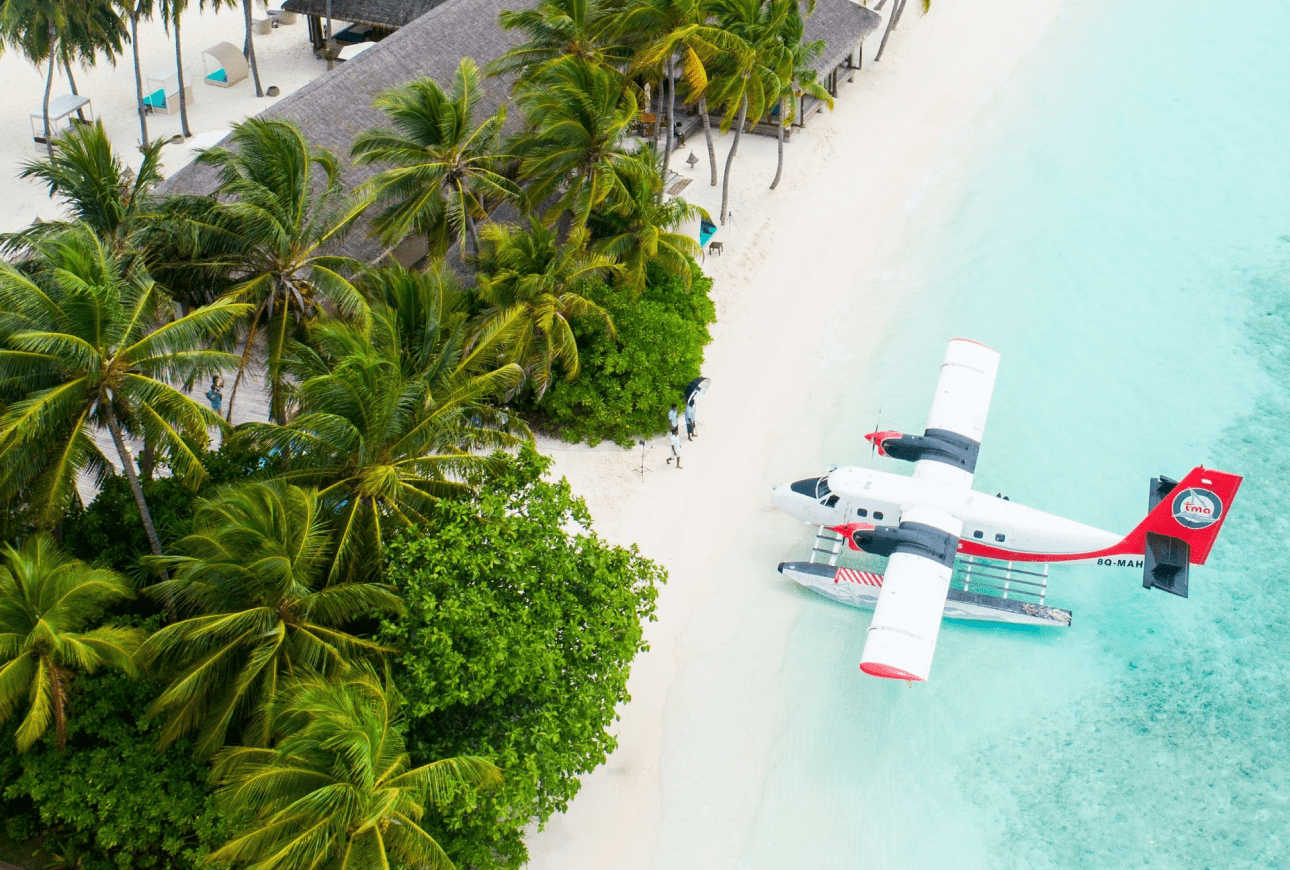
Subscribe to see secret deals prices drop the moment you sign up!